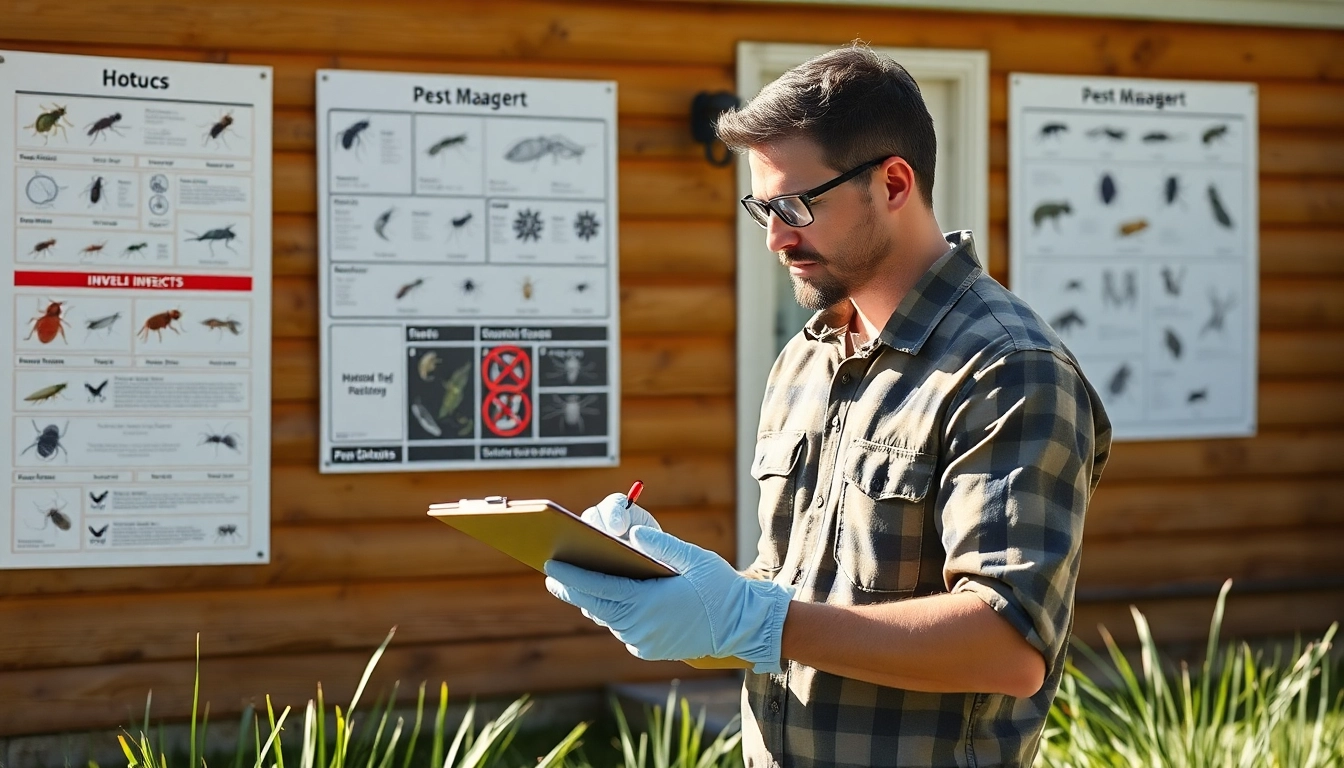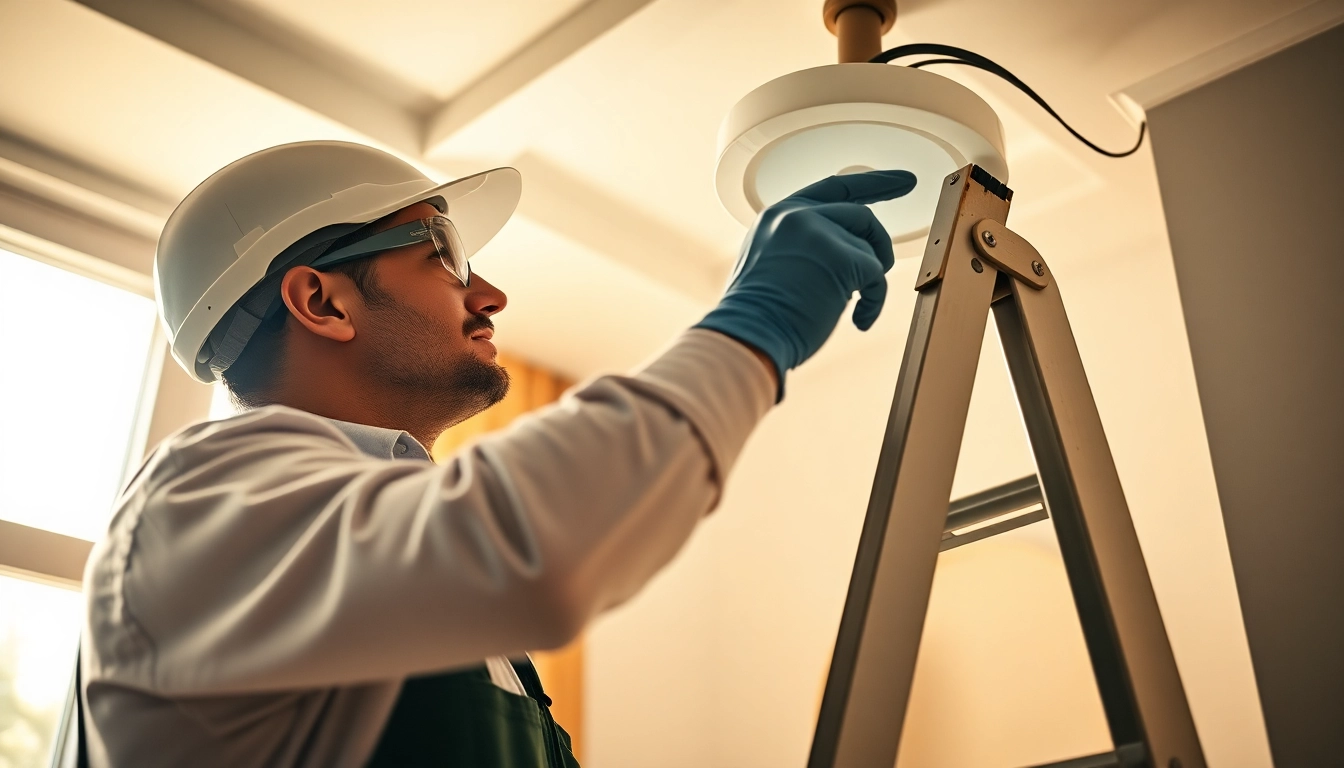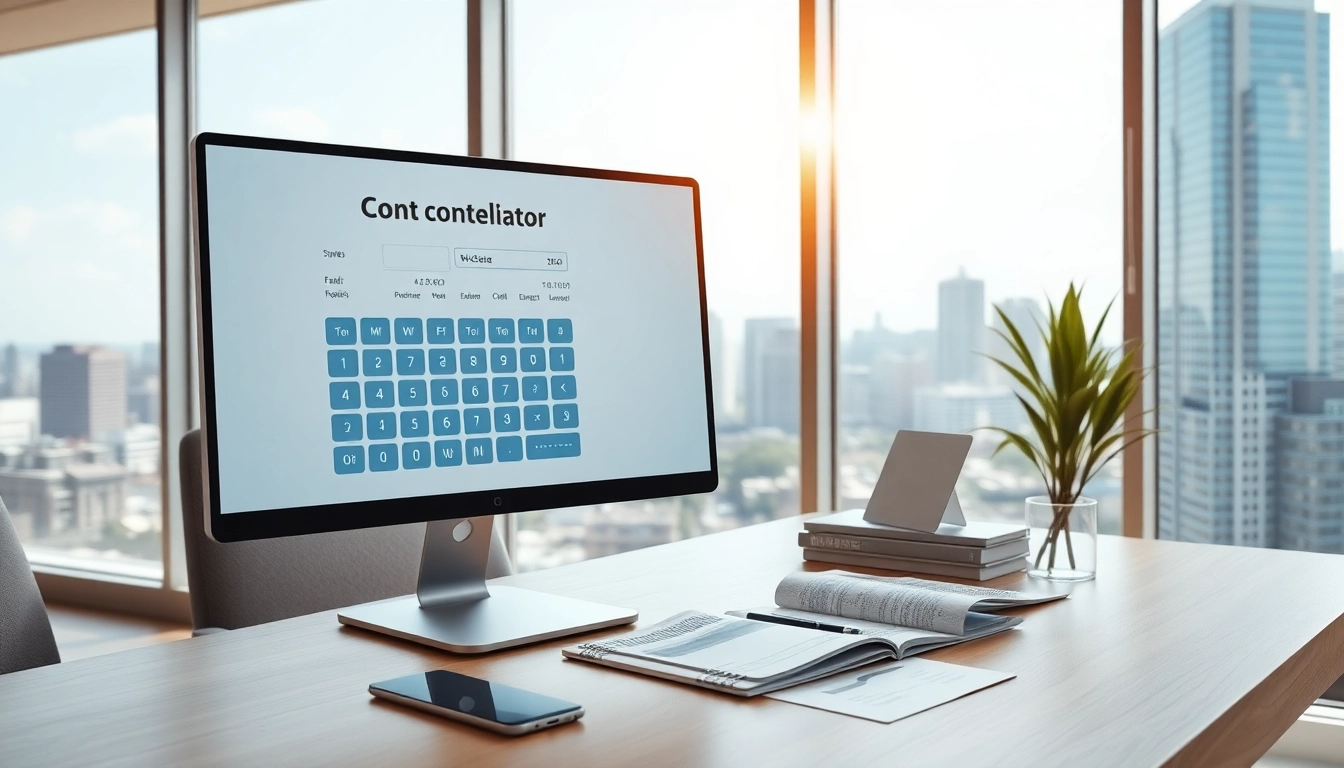Understanding Pest Management
Pest management is an essential aspect of maintaining healthy environments, whether in homes, gardens, or agricultural fields. The term encompasses a variety of practices aimed at mitigating the negative impacts of pests, ensuring safety, sustainability, and economic viability. Effective pest management strategies are fundamental to protecting property and public health, making awareness of these practices crucial for homeowners and businesses alike.
What is Pest Management? An Overview
Pest management refers to the systematic approach that is aimed at controlling or eradicating pests that can harm human health, crops, or property. Pests can include insects, rodents, weeds, fungi, and more, and their presence can lead to significant economic losses as well as health hazards.
The goal of pest management is not to exterminate all pests but to reduce their populations to acceptable levels. This is typically determined by thresholds that consider both economic factors and health concerns. Various methods can be employed, whether they be mechanical, cultural, biological, or chemical. A successful pest management plan incorporates an understanding of pest behavior, biology, and ecology, which guides the selection and timing of interventions.
Types of Pest Management Strategies
Pest management strategies can be categorized into several primary types, each tailored to address specific pest issues effectively:
- Preventive Measures: These are proactive strategies that aim to avoid pest infestations in the first place. This can include sanitation practices, proper food storage, and sealing entry points.
- Biological Control: This method employs natural predators or parasites to keep pest populations in check. For instance, introducing ladybugs can help control aphid populations in gardens.
- Cultural Control: Adjusting farming practices, such as crop rotation or altering planting schedules, can disrupt pest breeding cycles and reduce infestations.
- Mechanical Control: Using traps, barriers, or manual removal can be highly effective in controlling specific pests without resorting to chemicals.
- Chemical Control: Pesticides can be used judiciously as part of an integrated approach but should be selected and applied carefully to minimize health risks and environmental impact.
The Importance of Pest Management for Homeowners
For homeowners, implementing effective pest management strategies is vital. Pests can pose health risks, damage property, and lower the quality of life. Some common issues include:
- Health Risks: Pests like rodents and insects can carry diseases. For example, cockroaches and rodents can trigger allergies and asthma, while mosquitoes can transmit diseases like West Nile Virus or Zika.
- Structural Damage: Termites and carpenter ants can lead to extensive damage if not managed effectively, resulting in costly repairs.
- Food Safety: Pests can contaminate food supplies, make them unsafe for consumption, and lead to health concerns.
Hence, pest management is not just about aesthetics; it’s a comprehensive approach to ensuring health and safety in the home.
Integrated Pest Management: Principles and Practices
Integrated Pest Management (IPM) is a holistic approach combining various management strategies and practices to control pest populations. It’s founded on principles that prioritize understanding pest life cycles, behavior, and environmental conditions.
Core Principles of Integrated Pest Management
The central principles of IPM include:
- Prevention: Utilize cultural, physical, and mechanical measures to minimize the risk of pests.
- Monitoring: Regularly inspect and monitor pest populations to make informed decisions based on established thresholds.
- Identification: Correctly identify pests to implement appropriate management strategies.
- Control Methods: Use a combination of biological, chemical, and physical control methods, applying pesticides only when necessary and in the safest manner possible.
- Evaluation: Assess the effectiveness of the implemented strategies and make adjustments as needed.
Benefits of Integrated Pest Management
IPM provides numerous advantages, including:
- Reduced Chemical Use: By emphasizing prevention and monitoring, IPM reduces the need for chemical interventions, promoting environmental health.
- Cost-Effectiveness: Long-term savings are achieved by preventing costly pest damage rather than reacting post-infestation.
- Healthier Environments: Safer practices mean a healthier environment for both humans and wildlife.
- Sustainability: IPM fosters sustainability by promoting biodiversity and ecological balance.
Real-world Applications of Integrated Pest Management
IPM is applied across various sectors, from agriculture to urban environments:
- Agricultural Settings: Farmers utilize IPM to manage crop pests effectively, reducing reliance on chemical pesticides while safeguarding yields.
- Urban Pest Control: Residential pest control services implement IPM to tackle issues like rodents, termites, and insects in a responsible and sustainable manner.
- Public Health Initiatives: Efforts to control mosquito populations and prevent the spread of vector-borne diseases often use strategies based on IPM principles, utilizing community awareness and education.
Common Pests and Their Management
Understanding the common household and agricultural pests is crucial for effective management. Here’s a closer look at key categories of pests and strategies to control them.
Identifying Common Household Pests
Household pests can vary widely, but some of the most frequently encountered include:
- Cockroaches: Known carriers of diseases, cockroaches thrive in warm, humid environments.
- Ants: Various species, like the odorous house ant or carpenter ant, can invade spaces looking for food and shelter.
- Rodents: Mice and rats can chew through wires and insulation, posing both health risks and property damage.
- Bed Bugs: Small, elusive insects that feed on human blood, causing discomfort and distress.
Effective Control Methods
Managing common pests involves a combination of strategies:
- Sanitation: Keeping areas clean and free from food debris reduces the attractiveness for pests.
- Exclusion: Sealing gaps and cracks in buildings prevents entry points for pests.
- Traps and Baits: Using traps for rodents and baits for ants can be a controlled way to address infestations.
- Pesticides: When necessary, use targeted pesticides following all safety guidelines and regulations.
Preventative Measures for Sustainability
Preventing pest issues is always more efficient than addressing infestations after they occur. Key preventative measures include:
- Regular Inspection: Routine checks can help identify potential pest issues before they escalate.
- Environmental Management: Altering landscaping to minimize pest habitats, such as ensuring proper drainage and removing standing water.
- Education: Informing homeowners and occupants about the signs of pest activity and the importance of early reporting can enhance prevention efforts.
Pest Management in Agriculture
Agriculture significantly impacts food security and the economy, making pest management in this sector critical. Effective management ensures crop yields and sustains farming livelihoods.
Impact of Pests on Crop Production
Pests can cause extensive damage to crops, leading to losses that can threaten food supply chains. Common agricultural pests include:
- Insects: aphids, caterpillars, and beetles can destroy crops, affecting growth and yield.
- Weeds: Competing for nutrients, water, and sunlight, they can severely reduce the quality and quantity of crops.
- Diseases: Fungi and bacteria can invade crops, leading to blight and decay.
Strategies for Agricultural Pest Management
Farmers deploy several strategies to combat pests, including:
- Crop Rotation: Changing crops in a particular field each season to disrupt pest life cycles.
- Biological Control: Utilizing natural predators to manage pest populations effectively.
- IPM Practices: Implementing a combination of preventive, monitoring, and control strategies that are environmentally friendly and economically viable.
Emerging Technologies in Agricultural Pest Management
Technology plays an increasingly critical role in improving pest management processes for agriculture. Notable advancements include:
- Drones: Drones equipped with cameras and sensors help monitor crop health and pest infestations from above.
- Genetic Engineering: Development of genetically modified crops that can resist pests naturally, reducing the need for chemical sprays.
- Data Analytics: Using big data and machine learning to predict pest behavior and enhance decision-making in pest management.
Choosing the Right Pest Management Service
Hiring a pest management service can be a smart choice for homeowners and businesses struggling with pest issues. A professional can ensure effective solutions tailored to specific needs and circumstances.
Key Factors to Consider When Hiring
When choosing a pest management service, consider the following:
- Credentials: Check for licenses, certifications, and proof of training for pest management practices.
- Experience: Look for companies with a proven track record and experience in handling specific pest issues.
- Methods Used: Inquire about the Integrated Pest Management strategies they employ, ensuring they align with your preferences for safety and environmental impact.
Questions to Ask Pest Management Professionals
Before hiring, ask potential service providers the following questions:
- What methods do you use for pest control, and are they environmentally friendly?
- Can you provide references or case studies of your past work?
- What type of follow-up services do you offer after treatment?
- What safety precautions do you observe during applications?
Evaluating Service Effectiveness and Quality
After engaging a pest management service, evaluating its effectiveness is crucial. Consider factors like:
- Immediate Results: Assess the initial impact on pest populations after treatment.
- Long-term Control: Monitor for recurring pest issues over months following treatment.
- Customer Service: Evaluate responsiveness and support during and after service engagements.















Leave a Reply